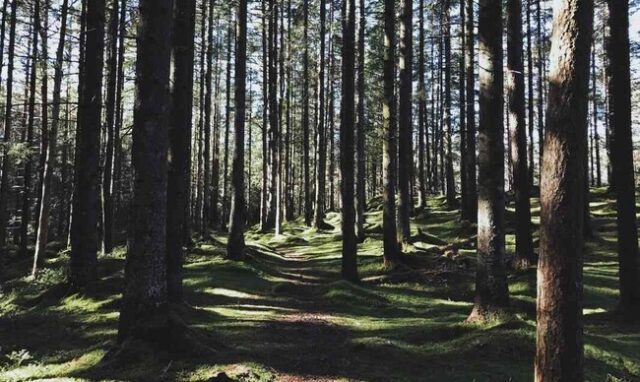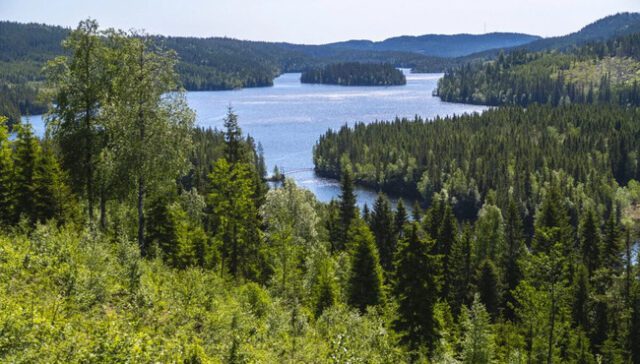
Over the last century, Norway’s forests have experienced remarkable growth, with their size more than tripling, according to a recent report by Statistics Norway. This expansion has been particularly rapid over the past 40 years, driven by increased levels of CO2 and warmer temperatures, which have created ideal conditions for tree growth. The report, which is part of the country’s long tradition of forest surveys dating back to its independence from Sweden in 1905, highlights that Norway was a pioneer in conducting national land forest inventories. Today, Norwegian forests boast over 1 billion cubic meters of tree trunks, an impressive figure underscoring the significant increase in forest cover. However, the growth rate is beginning to slow as many of the trees planted in the mid-20th century reach maturity and their ability to absorb CO2 diminishes.

Norway’s forests play a crucial role in the country’s environmental health and economy, acting as carbon sinks that absorb a significant portion of the nation’s CO2 emissions—18 million metric tons last year alone. However, as the mature trees’ capacity to sequester carbon declines, maintaining this natural carbon offset becomes more pressing. Beyond their environmental importance, these forests are vital for various reasons, providing raw materials, preserving soil quality, and serving as habitats for diverse species. Moreover, they offer recreational opportunities and a natural remedy for stress, linking modern Norwegians to their ancestral past when they relied on the forest for survival. As such, the preservation and sustainable management of these forests are essential for both ecological balance and human well-being in Norway.















